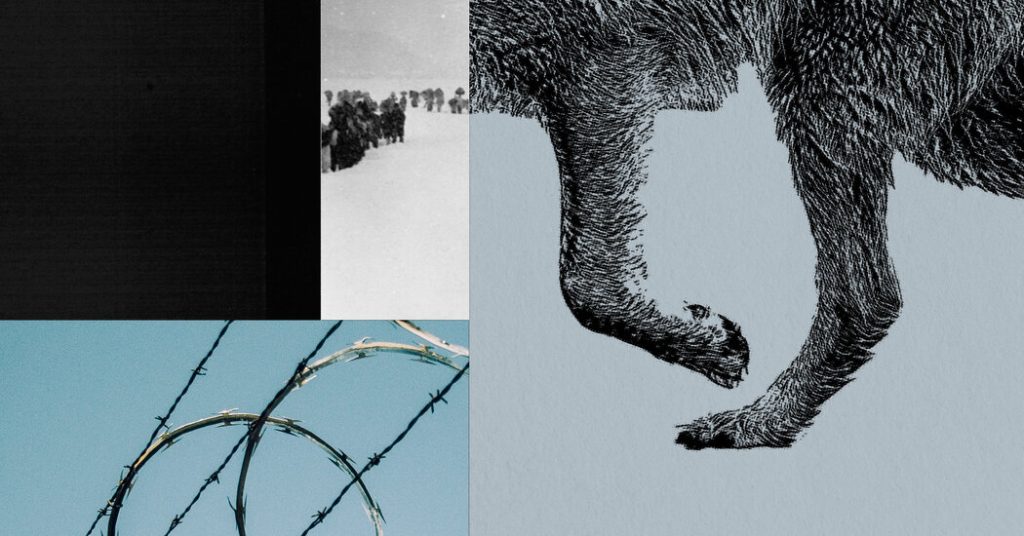The fall of the Iron Curtain in 1989 brought many changes, but one of the more unexpected was that it enabled the wolves of Eastern Europe to begin expanding their range west, where they had been practically unknown for more than a century. Few large mammals, people included, had been permitted to cross from East to West before the Berlin Wall came down. From the guard towers along the border, soldiers had shot bears for fun.
Today there are more than 21,500 wolves on the continent, a species of least concern. Their revival, a beacon of hope in the biodiversity crisis, is testament to what can be achieved when conservation policies do not stop at borders. But the recent freedom under which wolves have thrived in Europe is once again in peril.
The wolf was once the most widespread terrestrial animal on the planet, but by the mid-20th century a campaign of persecution had pushed it almost to extinction. In Europe, they reached their nadir in 1965, hanging on in just a few small pockets. In North America, estimates for the number of wolves killed from 1850 to 1900 range between one million and two million. “The numbers no longer have meaning” wrote the essayist Barry Lopez.
But as the European Union expanded, it continued to favor the lives of wolves. Scientists could share knowledge freely across the continent. Environmental legislation, ratified by every member state, listed the large carnivores as species requiring special protection.
Slavc (pronounced sh-lough-ts) was a wolf pioneer. Born in 2010, in southern Slovenia, at a year old he was collared with a GPS tracker by biologists researching wolf behavior. Soon afterward he set out, alone, on a walk of more than a thousand miles through the Alps, in search of the same three things we all want: enough space to live; enough food to eat; a mate.
He crossed Slovenia, and then Austria, and four months later he was in Italy, in the mountains just north of Verona. It was there that he crossed paths with a female on a walkabout of her own. Possibly she came from France, although her exact provenance is unknown. Incredibly, perhaps the only two wild wolves for thousands of square miles had somehow found each other. When they bred, they became the first pack in those mountains for over a century.







